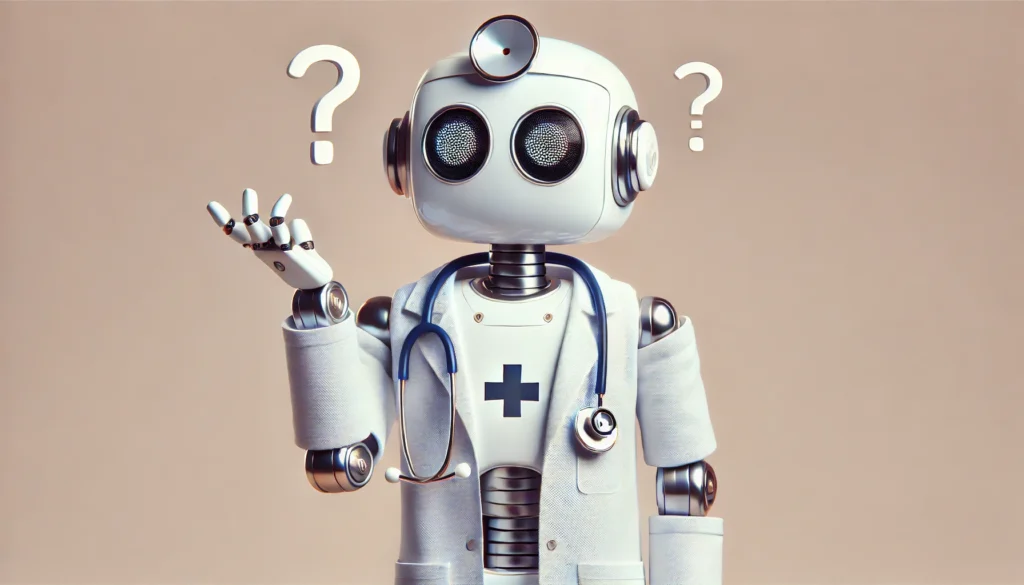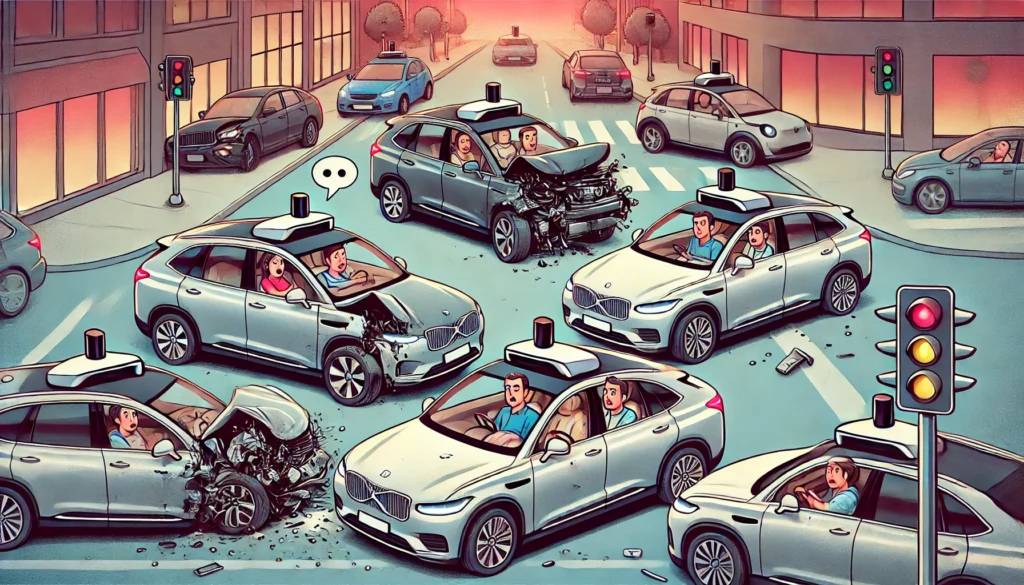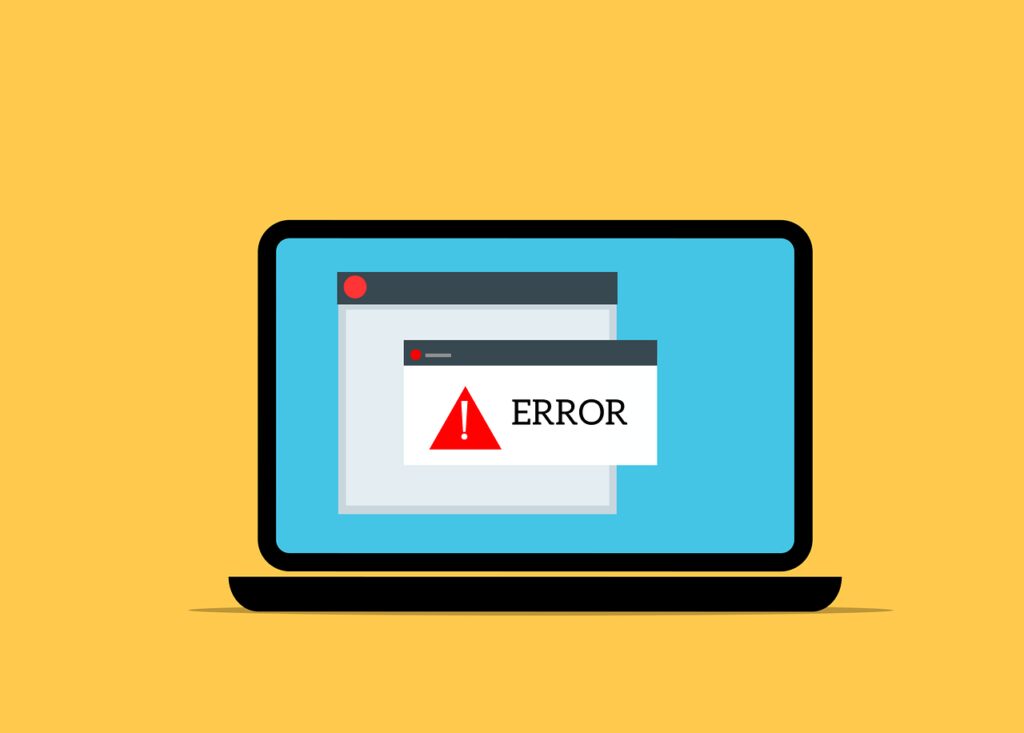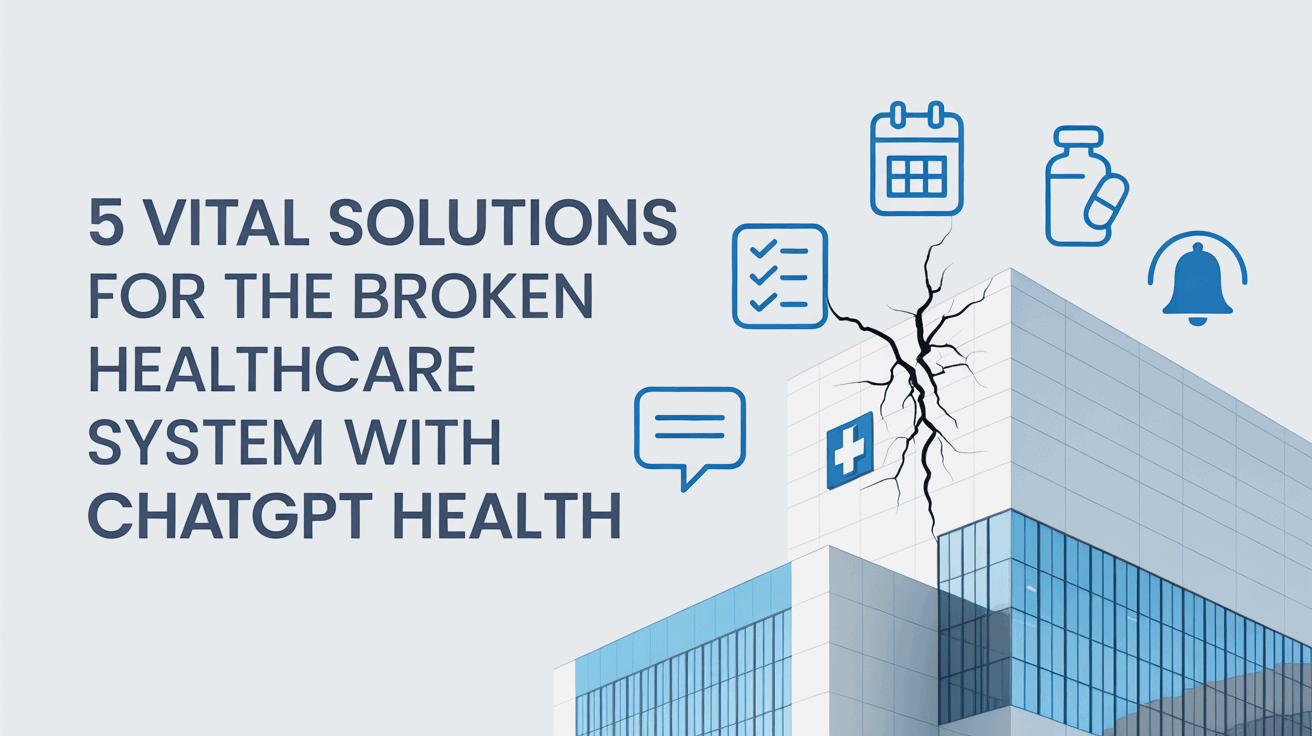Ever think GenAI can be used for everything? It shouldn’t. Generative Artificial Intelligence (GenAI) is a pretty cool tool that can create text, images, and even music. But even the coolest tools have their downsides. Let’s get real about when GenAI isn’t the answer, especially since, as Gartner points out, “using generative AI for the wrong business use cases leads to high failure rates and diminishes the value of AI in organizations.”
1. GenAI Can’t Replace Your Doctor (or Financial Advisor)

First things first: GenAI isn’t a doctor. If you’re feeling sick, don’t ask GenAI for a diagnosis. It might suggest chicken soup for a broken bone! Seriously, your health is important, so talk to a real medical professional.
Similarly, GenAI isn’t qualified to give financial advice. Would you trust a computer program to plan your retirement? Investing and money matters are complicated, and you need a human expert to help you make smart choices. As Gartner puts it, “It is risky for organizations to rely on GenAI outputs to make critical decisions, such as hiring/HR decisions, budget and financial planning, supply chain management, marketing allocation, and strategic decision making.”
2. GenAI’s Predictions Aren’t Always On Point

GenAI isn’t great at predicting the future. It might struggle to forecast sales, stock market trends, or even the weather. Gartner highlights that GenAI struggles with the kind of “numerical predictive and statistical modeling required for predicting a continuous variable.” Think of it like this: GenAI is more of a storyteller than a fortune teller.
Additionally, GenAI has a hard time with complex planning and decision-making that require precise calculations. It’s not equipped to handle the nuances of strategic business decisions or intricate project planning. For those, you’ll need good old-fashioned human brainpower. If you need help with route planning, inventory optimization, or resource allocation, GenAI isn’t your best bet. It’s better suited for tasks like summarizing information or generating creative text formats.
3. GenAI’s Creative Side Needs Work

GenAI can be fun for generating ideas, but it’s not an artist. It might create things that are weird, inaccurate, or even offensive. Imagine a GenAI-designed outfit made entirely of plastic wrap… not exactly a fashion statement.
While GenAI can be a source of inspiration, it’s important to remember that it lacks the nuanced understanding and artistic vision of a human creator. So, if you’re looking for something truly unique and meaningful, you’ll need to look beyond GenAI. Gartner notes that while GenAI can be used for content generation, it’s not always the most reliable or effective tool, especially when it comes to complex or sensitive topics.
4. GenAI and the Law Don’t Mix

Legal issues are complicated, and GenAI can’t replace a human lawyer. It might not understand the intricacies of contracts, intellectual property rights, or liability issues. Plus, there’s a risk that GenAI could accidentally create content that’s already owned by someone else, leading to potential legal trouble.
5. GenAI Can’t Drive Your Car (Yet)

While self-driving cars sound cool, GenAI isn’t ready to take the wheel. Gartner points out that GenAI has an “autonomy gap” – it’s not robust enough to handle the complexities and unpredictability of the real world. So, for now, you’ll have to keep your hands on the wheel and your eyes on the road.
6. GenAI Isn’t Always Accurate

One of the biggest challenges with GenAI is its tendency to “hallucinate” or generate inaccurate information. This can be a major problem, especially in situations where accuracy is critical. For example, if you’re using GenAI to generate medical information, you need to be extra careful to verify the information with a reliable source.
7. GenAI Can Be Expensive and Complex

While GenAI tools are becoming more accessible, they can still be expensive and complex to implement, especially for smaller businesses or individuals. Additionally, GenAI models require massive amounts of data and computing power to train, which can be a barrier for some organizations.
8. The Future of GenAI (It’s Not All Bad!)

Don’t get us wrong, GenAI is still super useful for many things! It can help you write emails, brainstorm ideas, or even create fun social media posts. Gartner notes that GenAI is particularly good at content generation, conversational user interfaces (think chatbots!), and knowledge discovery. But it’s important to know its limits and use it responsibly.
As GenAI technology continues to evolve, it’s crucial to stay informed about its capabilities and limitations. By understanding when GenAI isn’t the answer, you can make informed decisions and avoid potential pitfalls. So, go ahead and experiment with GenAI, but remember to use your own judgment and seek out human expertise when needed. Remember, as Gartner advises, “AI techniques are not mutually exclusive; they can often be combined in a way that makes for a stronger overall system.” GenAI is at its best when it’s a tool to enhance human capabilities, not replace them.
Please note, that the author may have used some AI technology to create the content on this website. But please remember, this is a general disclaimer: the author can’t take the blame for any mistakes or missing info. All the content is aimed to be helpful and informative, but it’s provided ‘as is’ with no promises of being complete, accurate, or current. For more details and the full scope of this disclaimer, check out the disclaimer page on the website.


